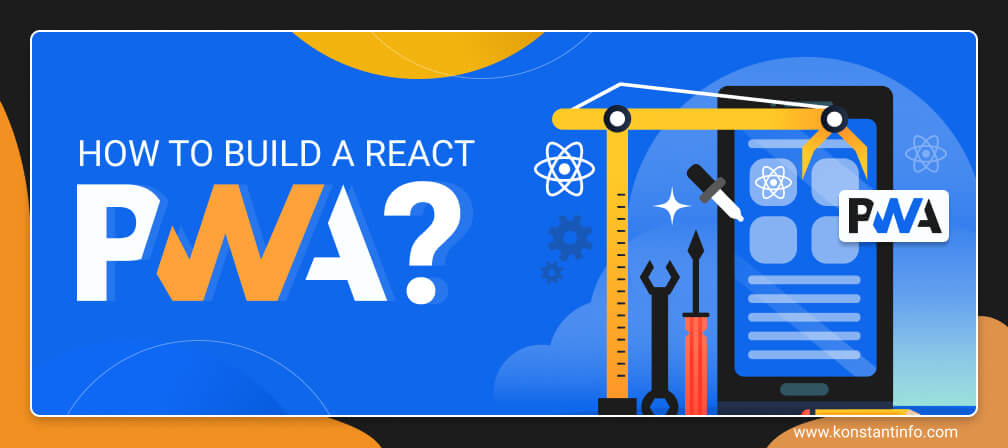
The technology behind ‘progressive’ web applications came into being only a few years back and quickly gained momentum, paving the way ahead to building future-ready mobile applications.
Progressive web applications are reliable, fast, and engaging. They bring out the best of mobile sites and native applications. Earlier, many brands overlooked the steady proliferation of mobile technology, yet it facilitates reaching out to their nascent customers.
PWA’s offer enhanced user experience through progressive enhancement. Robust PWA solutions help drive and accelerate technological capabilities, empowering companies, and adding the right balance to the business;
Progressive web apps work seamlessly in offline mode. They depict mobile-like behaviour (native performance). PWA’s are highly performant and get installed smoothly. They do not require app store submission. It can – (1) send push notifications, (2) access the hardware of the mobile device, and (3) work in no network or unstable connections.
Secure Contexts: The foremost requirement to convert a web application into ‘progressive’ is to have a secure network (HTTPS). Establish your web app as a trusted site to integrate transactions into your PWA.
Service Workers: These scripts enable users to control how web browsers handle network requests and asset caching. These are accountable for reliable, fast web pages and offline experiences.
Manifest File: JavaScript Object Notation (JSON) file controls how your app appears to your end-users. It contains the – (1) icons, (2) app URL, (3) design details – that are necessary to make the PWA appear snazzy.
Catching up with the change, PWA’s have moulded ‘along with’ existing architectures using libraries like React and JS module bundlers like webpack. As we hope to work around with minor tweaks, a PWA should not require a wholesale rewrite. Thrusting some metrics in place, shipping just what users need, routing, and throwing all non-essentials can be a good idea for fast performance.
Lighthouse is a tool for auditing, checking if the app meets a bar for web performance under emulated mobile conditions. It is available as a Chrome extension and Command Line Interface (CLI).
All these points are achievable with some caveats; Undeniably, web applications can be flaky. It has evolved from a document-centric platform to a first-class application platform.
Use JS libraries judiciously to make your application interactive.
Building React Progressive Web Application with React cross-platform app development framework, get the latest version of Node installed. Get yourself a code editor like Visual Studio Code. You have three options: (1) To lace a React app with ‘progressive’ functionalities, (2) Use Create React App tool by Facebook, (3) import ready-made React apps from Github.
When you are concerned with audience across platforms, the size and complexity of applications, the app performance, all the code that users need to download and install, then progressive web app become prominent. For all the good reasons discussed above, these are easy to create and deploy. They do not stare at the blank loading screen as the JavaScript initializes. Progressive web applications go well to build interactive user interfaces, combining ease of development with performance and capability, fast, beautiful, and functional web applications.



Neeti Kotia is a technology journalist who seeks to analyze the advancements and developments in technology that affect our everyday lives. Her articles primarily focus upon the business, social, cultural, and entertainment side of the technology sector.
Or send us an email at: [email protected]